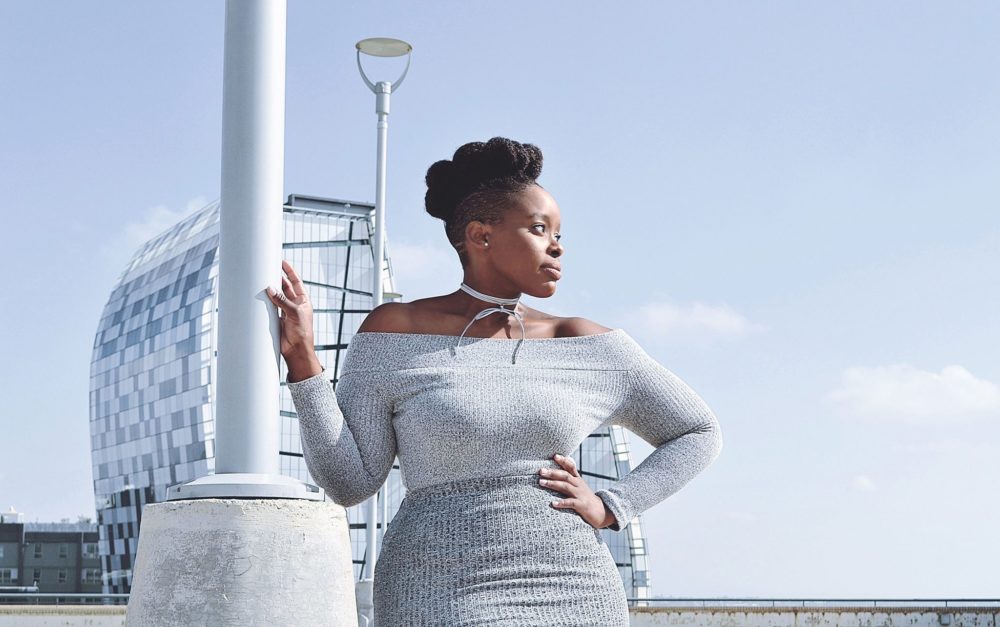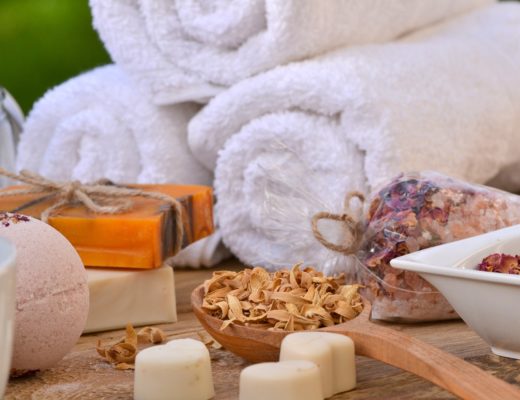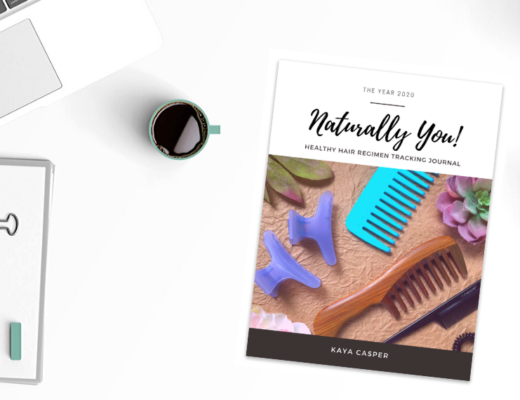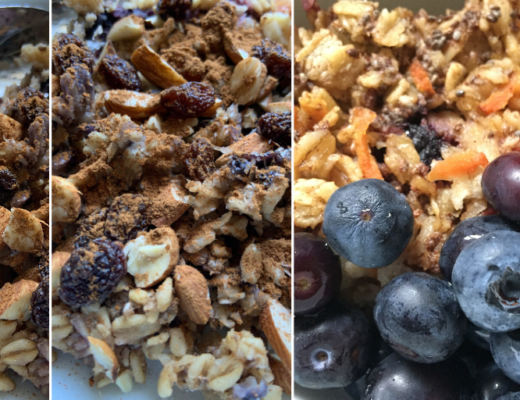This page may contain affiliate links. Read my full disclosure for more info.
Natural hair porosity is an important topic when planning your natural hair regimen. When you know if you have high, medium, or low porosity hair, that information can help you choose products and techniques that will work well for your hair.
What we'll discuss in this post
So, what is porosity?
Porosity is how well your hair absorbs water. High porosity hair absorbs a lot of water quickly, low porosity hair absorbs a small amount of water and more slowly. Medium porosity hair is somewhere in the middle.
What is Low Porosity Hair?
Your hair strands are made up of three layers. The outer layer of your hair strands is called the cuticle and is made up of scales like shingles on a roof.
If you have low porosity hair, these shingles lay very flat and tightly bound together. Like a brand new roof, they do not allow water in easily.
One of the signs of low porosity is that water beads up and rolls off of the hair because the cuticle layer is so tight.
This type of hair is often virgin unprocessed hair that has not been exposed to heat, color, or rigorous styling. The cuticle layer is intact without much lifting, chipping, or breaking of the scales.
When my daughter was born, her hair was very low porosity. When I sprayed it with a spray bottle the water would quickly bead up and it took a long time to get wet. When it finally got wet, it took forever to dry. After a few years of washing, combing and styling, her porosity has gotten higher but it still leans to the lower end of the spectrum.
How can you tell if your hair is low porosity?
There are tons of blogs, videos, and Instagram posts on the float test to determine your hair’s porosity. The idea is that you place a strand of hair in a glass of water, and determine its porosity based on whether it sinks or floats.
Unfortunately, this test can be misleading due to different factors such as what products you may have used on your hair prior to the test.
Observing how your hair behaves is a better indicator of your porosity. If your clean hair repels water, takes a long time to get wet and a long time to dry, these are good signs that your hair is on the lower end of the porosity spectrum.
Time to wet and dry are key signs of low porosity.
Low Porosity Characteristics
Some other characteristics include:
- Your hair feels smooth when you run your fingers down a single strand
The scales in your cuticle layer are not lifted, chipped or broken - Your hair is relatively shiny
Textured hair often doesn’t have a mirror finish due to the way it reflects light, but low porosity hair may be shinier than other types - Your hair detangles relatively easily
Again, the smoothness of your cuticle layer helps you here and allows your strands to slide over one another more easily than higher porosity strands
Low Porosity Hair Products
So we’ve established that low porosity hair has a smooth, tightly bound cuticle layer.
How can this information help in choosing products?
Because of the structure of the cuticle layer, products don’t absorb as easily as they do for other hair types. Instead, products coat the strands. This makes the hair more prone to buildup, so it can be helpful to use lighter products such as liquidy leave-in conditioners, moisturizing sprays, and styling milk or gel over butters or heavy creams.
Best Shampoo
Use an efficient cleanser to keep buildup in check. Cowashing may not be the best option for this hair characteristic, especially if you cleanse infrequently.
Best Deep Conditioner
I recommend deep conditioning after every wash as much as possible.
The best deep conditioners for low porosity are typically moisturizing conditioners (as opposed to strengthening) with minimal to no protein. Always assess your hair on a regular basis to keep your moisture and protein levels balanced.
Protein
Protein treatments work by patching broken or missing areas in the cuticle layer.
With a tightly bound cuticle layer, there is not much to patch up, so products containing a lot of protein can be more stiffening than strengthening. Choose protein-free products or those with a small amount of hydrolyzed protein.
Use intense protein treatments with caution.
Use rice water and other DIY protein treatments infrequently.
Always pay close attention to how your hair responds and adjust accordingly.
Oils
Hair oils break down into two main categories: penetrating and sealing.
Penetrating oils soak into the inner cortex of the hair, strengthening it and helping prevent it from becoming waterlogged during washing which can lead to cuticle damage.
Sealing oils coat the hair, which helps to hold moisture in your strands for longer.
If your hair is very low in porosity, your hair already repels water and doesn’t absorb too much. It also holds in moisture well once it’s infused into your strands. An oil-free routine might work well for you.
Even with this hair type, some sections of your hair such as your hairline or your ends could be higher porosity. In this case, or if you just like the feel of oils, some varieties can be helpful.
Choose olive, coconut, avocado, or sunflower oil if you need a penetrating oil, or jojoba if you need a sealer. Use thick heavy oils such as castor oil sparingly as they can lead to buildup.
Which oils will work best for you will require some experimentation.
Low Porosity Hair Regimen
Building a regimen based on your porosity can be more useful than focusing on texture, as your porosity has more of an effect on how your hair accepts and retains moisture.
How Often to Wash
Because this hair type is prone to buildup, it can be helpful to wash it once per week, especially if you are layering products.
If your scalp is healthy, you may be able to stretch the time between wash days by applying products lightly.
Using Heat
Heat can be used to improve the penetration and binding of products for this hair type.
It can slightly lift your cuticle in order to allow products such as oils to migrate into the shaft.
It can also increase the amount of conditioner that binds to your hair shaft.
Try a bonnet dryer on low or a thermal heating cap to provide indirect heat without damage. A hair steamer can also be helpful.
Drying Time
Typically, low porosity hair takes forever to dry.
This is because once the water is absorbed into the inner cortex of the hair strands, the tightly bound cuticle holds that water in. This is a very good thing for moisture retention, but not so good for having your twists dry by morning!
It can be helpful to allow your hair to dry partially in twists, Bantu knots or braids before adding products, as the products will only prolong the drying time.
Photo by Ovayo Ntlabati
For more natural health, beauty, and lifestyle inspiration, join me on Instagram and Pinterest.






